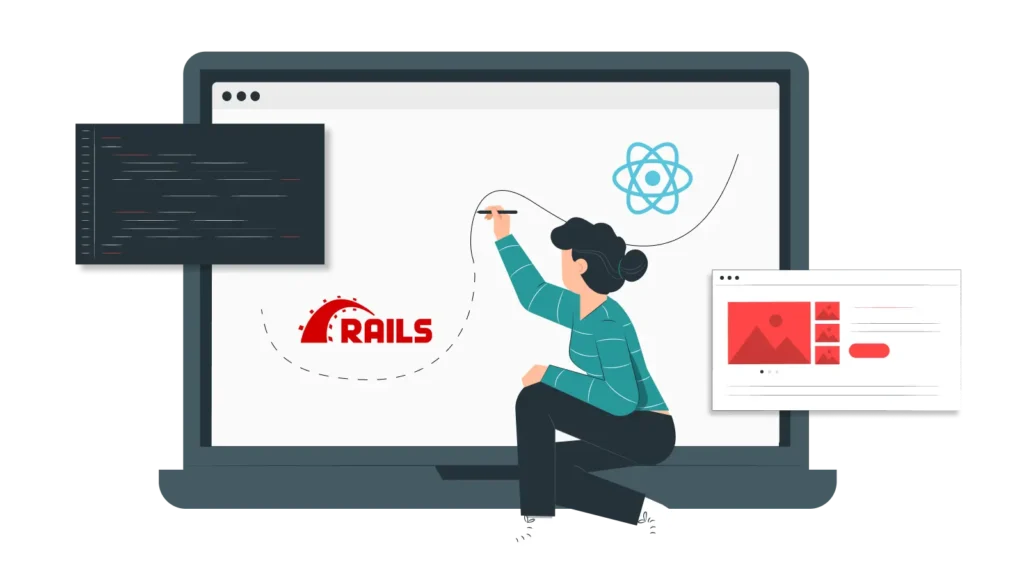At PriceLabs, our mission has always been simple: help property managers and hosts make smarter pricing decisions. What started as a lean Ruby on Rails platform grew into a global platform used by thousands of customers worldwide.
But growth comes with growing pains. As our product matured and our customers demanded faster dashboards, interactive analytics, and seamless integrations, we realized our tech stack was holding us back.
That’s when we asked ourselves: How do we build not just for today, but for the foreseeable future of innovation?
The answer led us from a Ruby on Rails monolith to a modern React-powered frontend. Here’s the story of why we leaped, how we pulled it off, and what it means for the future of PriceLabs.
Why Modernize? The Business & Product Drivers
Reliability and Performance Pressures
Our Rails monolith was fantastic in the early days. But as we added features such as market dashboards, advanced analytics, and custom reports, things began to slow down. Page load times crept up, especially under heavy data. Customers noticed, and so did we.
A Focus on User Experience
Today’s property managers don’t just want numbers; they want interactive tools that help them slice, dice, and customize data instantly. Our old jQuery/HTML setup wasn’t designed for that. Rolling out new features took longer than we liked, and sometimes slowed down the value we could deliver.
Scaling Beyond a Monolith
We weren’t just growing in users; we were growing in complexity. New product lines, third-party integrations meant we needed flexibility. A decoupled system – Rails as the backend, React as the frontend – let us scale horizontally (new products) and vertically (more users) without being tied down.
Attracting Top Talent
Finally, the human side: moving to React opened us up to a massive global talent pool. It gave us access to engineers who live and breathe frontend innovation – and it gave our existing Rails developers a chance to level up their skills.
How We Made the Leap
A Deliberate, Incremental Approach
We knew better than to flip a switch overnight. Rather than a “big bang” rewrite, we migrated gradually – React components and pages running alongside legacy Rails views. This minimized disruption, preserved legacy value, and gave teams a sandbox to validate each improvement.
Tackling the Tough Stuff
- Managing Two Codebases: Operating both a legacy and a modern codebase created overhead and complexity. Strong documentation, rigorous API contracts, and clear communication were essential.
- Authentication Across Stacks: Ensuring seamless cross-stack authentication required revamped token strategies and persistent sessions, often coordinated by middleware libraries tuned for both Rails and React.
- API Modernization: With more eyes on API contracts, backend teams took the chance to optimize endpoints, standardize error handling, and introduce new high-speed routes.
- CI/CD and Deployment: Moving to a decoupled model splits the deployment pipeline, allowing teams to deliver features independently and with greater confidence.
Team Transformation
This wasn’t just about code. Rails engineers learned modern JavaScript with React and component-based design, while frontend engineers dove deeper into API design. By the end, we weren’t just using a new tech stack – we had built a stronger, more flexible team.
The learning curve was real, but so was the energy – cross-functional pairings, lunch-and-learn sessions, and shared repos fostered team growth. The decoupled setup encouraged innovation, as each team could reimagine workflows and deliver value on its own terms.
The Results
Faster, Smarter, Sleeker
Today, our dashboards load at lightning speed, feel more interactive, and adapt better to the way property managers actually work. Our Hyper Local Pulse algorithm, for example, now delivers insights in an intuitive, quick, and actionable way.
Real Business Impact
- Faster page loads = happier users
- Interactive dashboards = higher engagement
- Quicker rollouts = faster value delivery
In other words, better technology directly supports our mission to help customers maximize their revenue.
What’s Next?
This migration isn’t the finish line; it’s the foundation. With React in place, we’re ready to push into mobile, launch new integrations, and keep delivering the kind of innovation that our customers (and the industry) expect.
Join the Journey
At the end of the day, this was about more than swapping frameworks. It was about reimagining how we build – faster, smarter, and with the future in mind.
If you’re excited about building high-performance, customer-first applications, join us at PriceLabs. The next wave of innovation is just getting started.

